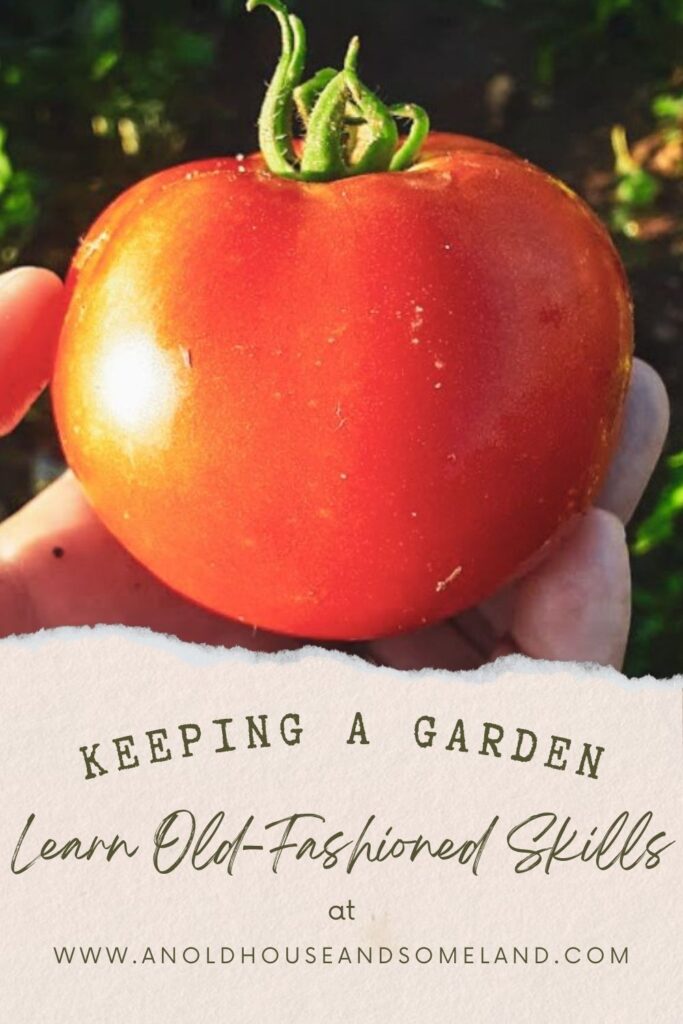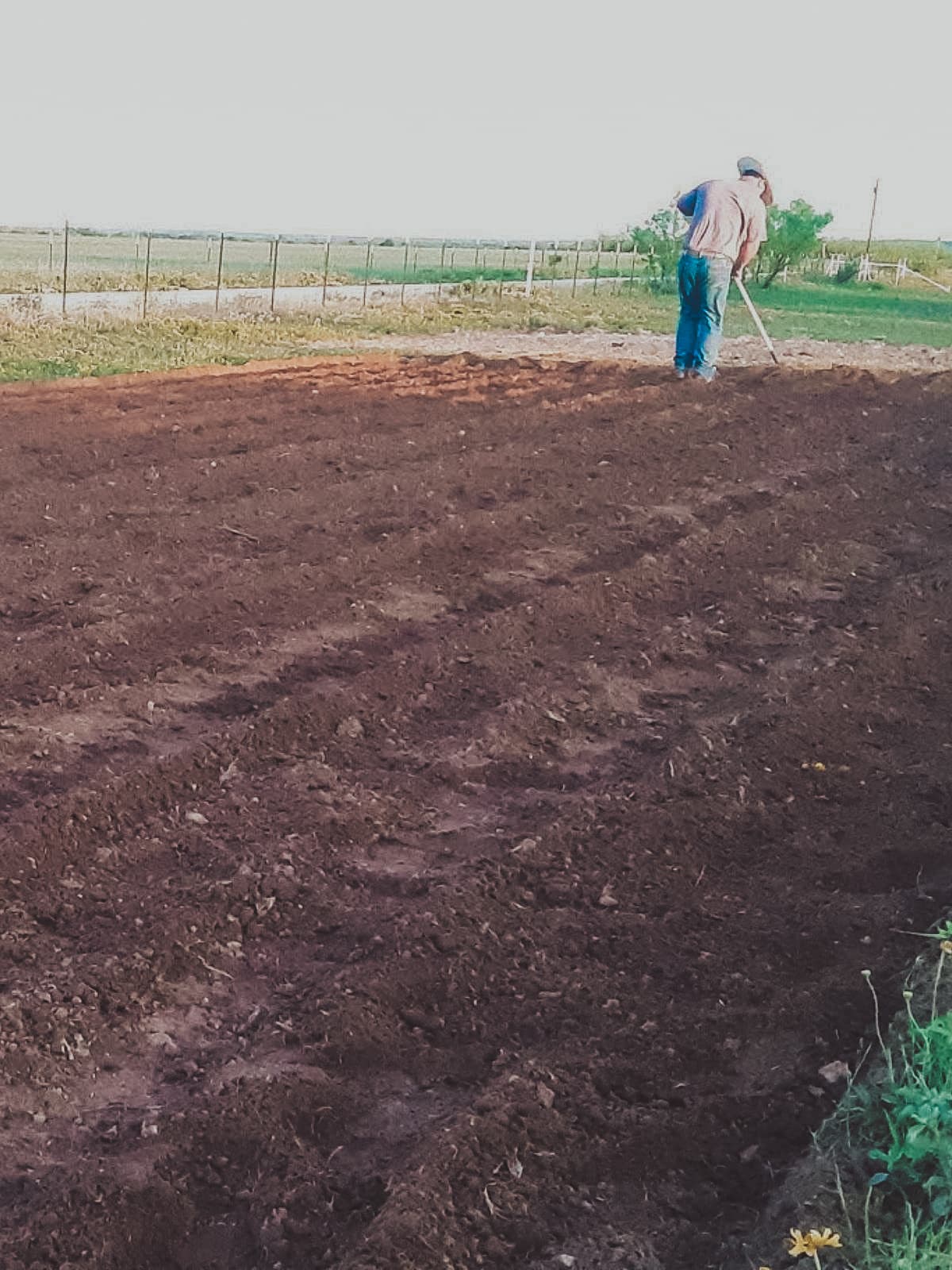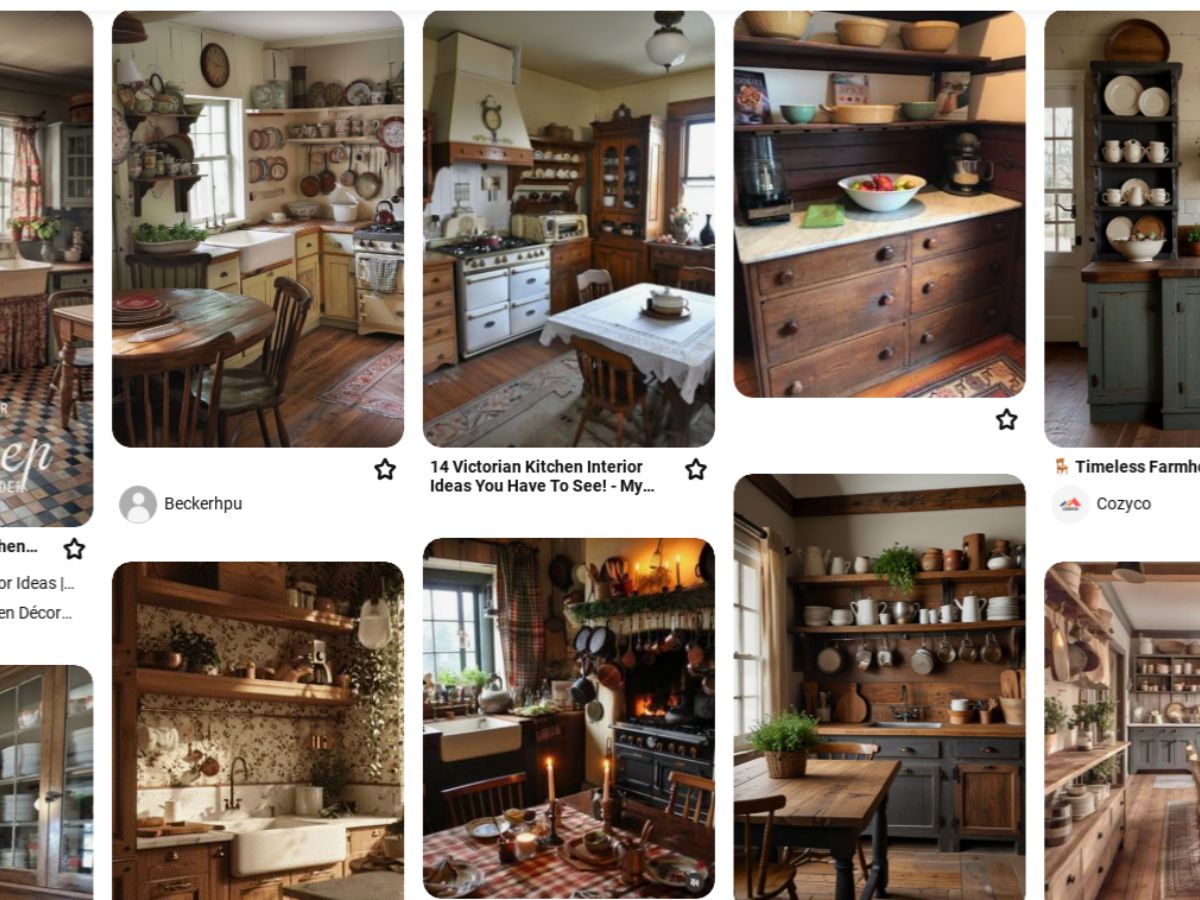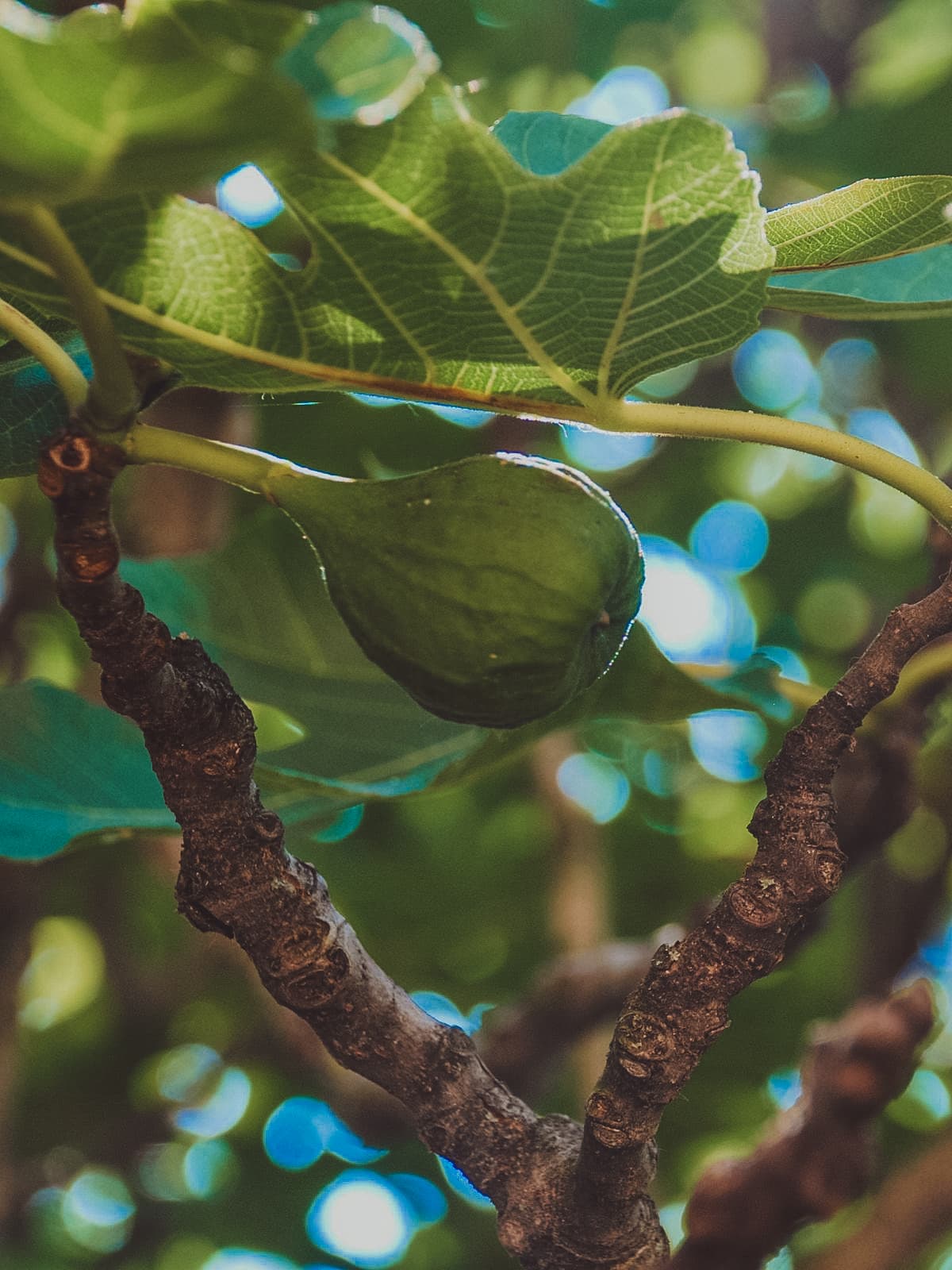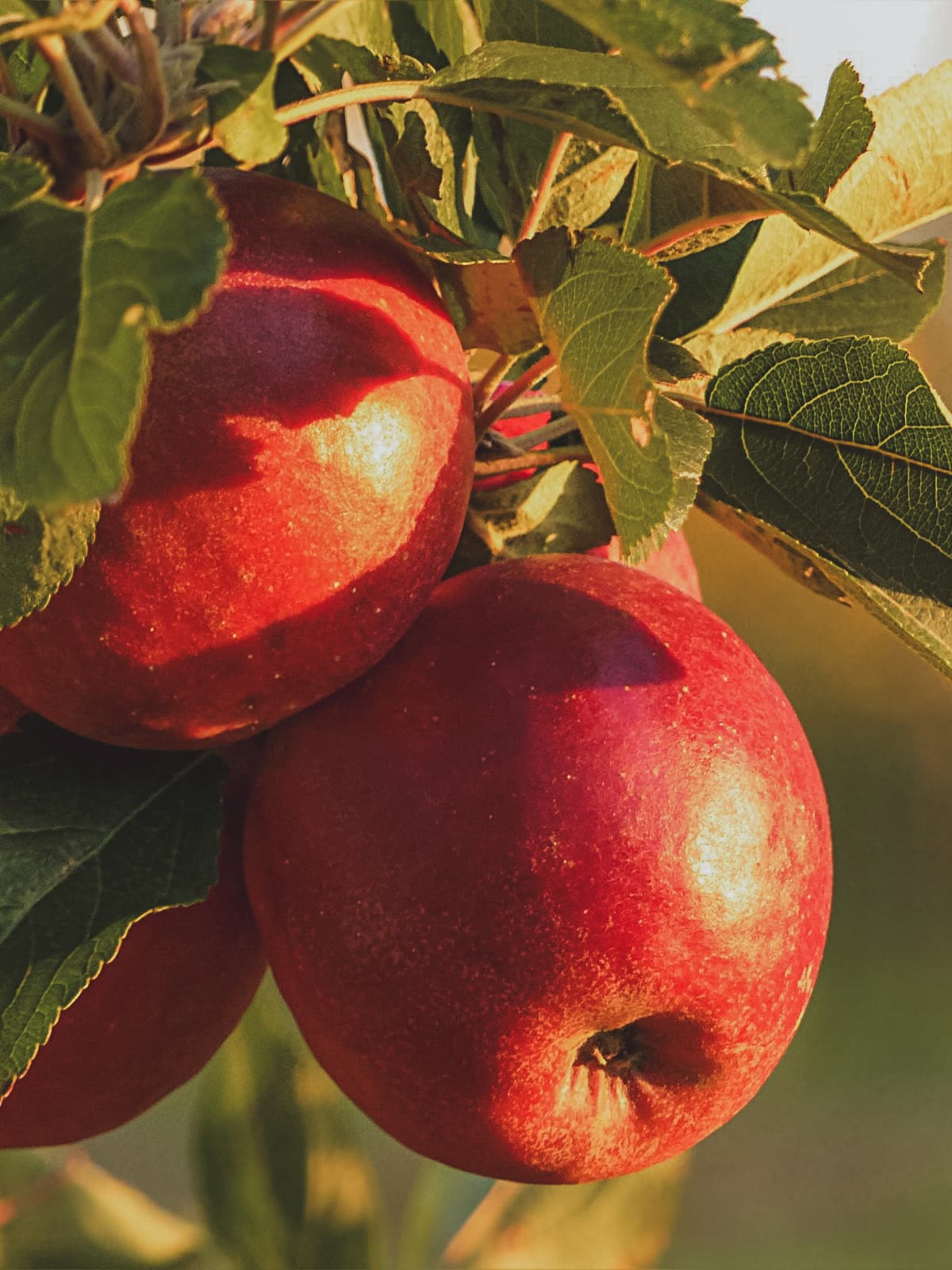Keeping a Garden
Let’s get back to the basics! Not long ago, it was common for homes to have at least a small vegetable patch. Over time these became less and less, but the interest in gardening is on the rise. With the help of this simple guide, you will be able to start growing your own food right outside your back door.
I love starting my days with time in the garden during the quiet of the morning. There’s something special about getting your hands in the dirt, pulling weeds, pruning plants, and picking fresh tomatoes. Having the ability to grow your own food for your family is a special thing. People garden for many reasons. For me, it’s always been about putting food on the table. As a housewife, gardening is my contribution to the grocery budget. It allows me to provide my family with healthy, fresh food at a price much lower than what can be bought at the grocery store.
Whether you have a large plot for a sizable garden or a small patio for a few potted plants, gardening is possible for anyone. There are many popular gardening methods, including traditional row gardening, no-till gardening, raised bed gardening, etc. Some gardeners use conventional fertilizers and pesticides while others choose to grow more naturally, using organic methods. We garden using organic methods with a combination of traditional row gardening and raised bed gardening, which is what I will be focusing on in this guide.
Getting Started
- Choose a garden plot. Choosing the right location to plant your garden is crucial for the success and productivity of your plants. it’s important to select a plot that recieves adequate sunlight, is not prone to flooding and has well drained soil. Ground that is free of excess rocks and roots will make soil preparation much easier for you.
- Decide what to plant. It’s easy to get caught up in the romance of growing your own food and plant vegetables you aren’t interested in eating or don’t know how to prepare. The key is to plant what you eat. Decide whether you plan to start from seeds or use plant starts. Don’t limit yourself to just vegetables alone, consider growing herbs and flowers in your garden as well. Many of these plants can benefit your vegetable plants and add beauty and variety to your harvest.
- Choose your gardening practice. Organic gardening has became increasingly popular, despite the belief held by some that conventional fertilizing and pest control methods result in higher crop yields. By opting for organic methods, you can reduce your chemical intake, produce healthier food, improve soil health and minimize your garden’s ecological footprint.
- Make irrigation plans. Depending on your local climate, you may or may not need an irrigation system. If you live in an area that has adequate rainfall, you may only need to use a sprinkler during dry spells. In drier areas, utilizing soaker hoses or drip tape can be very beneficial. Setting up your irrigation system on a timer is a convenient way to consistently water your garden with minimal effort.
- Prepare the ground. Regardless of your gardening method of choice, it’s a good idea to conduct a soil analysis to determine if your soil lacks any essential nutrients and make necessary amendments. When preparing the ground, we use a rear-tine tiller to break up the soil, followed by raking to remove grass and weeds. This may take a few passes. Once the soil is loose and free of grass and weeds, cover the area with a rich compost and till once more to incorporate it. There are many designs available online if you plan to use raised beds in your garden. Raised beds can create a beautiful garden space as well as provide deep, loose soil for your plants to thrive in. Once your beds are in place, fill them with quality soil mixed with a rich compost. If you are preparing the ground in advance and are not yet ready to plant, you can cover your garden plot or beds with a tarp or a heavy mulch, such as straw, to help prevent weed growth until planting time.
- Plant! This is the fun part. How you lay-out your garden depends on what you have chosen to plant. I recommend doing some research on companion planting for the best yields. Planting in wide deep rows allows your plants to have plenty of space to grow and also makes garden maintenance easier. Don’t be tempted to over plant. Overcrowded plants are more susceptible to disease and pests.
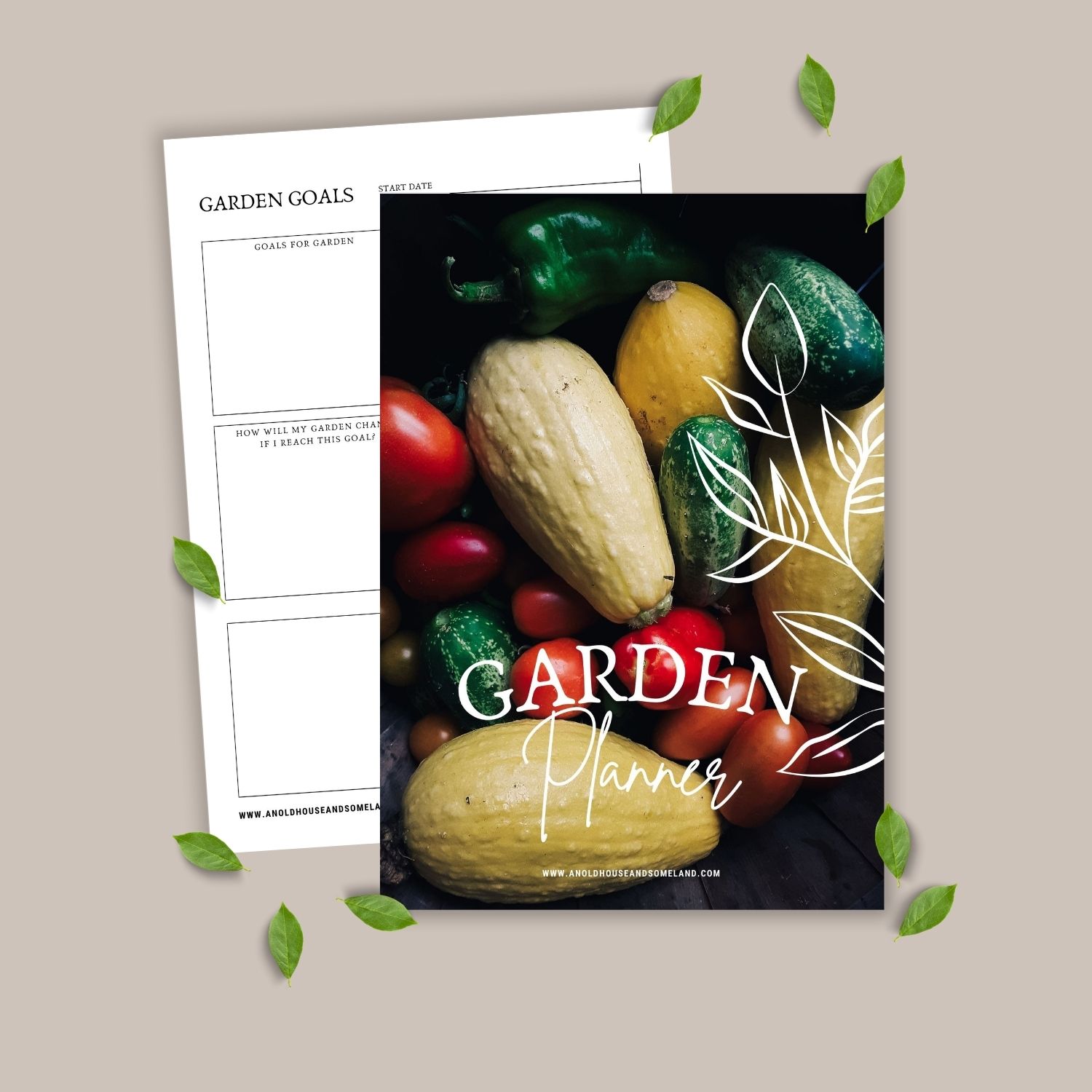
Grab a copy of my free
Annual Garden Planner
For those planning a small kitchen garden, a large market garden, or even a beautiful flower garden, this planner was created to assist you in planning, organizing, and maximizing the potential of your gardening space. Whether you’re a seasoned gardener or just starting out, I know you will find this planner to be a helpful tool!
Planning your Garden
As a beginning gardener you may feel the urge to start big. Although the ultimate goal is usually to provide your family with a year’s supply of produce, this can be an daunting task. It’s important to know your goals, but it’s best to start small and and gradually expand. You could begin by planting a small number of different vegetables, or focus on one crop and plant enough to preserve for the year. Either way, start out with a manageable sized garden and grow as you gain experience. Below, I have linked a few helpful resources for you to use as you plan your garden.
Plant Care and Maintenance
Plant care and maintenance are the backbone of a thriving garden. As mentioned in the steps above, it involves providing the right growing conditions, including proper soil preparation, adequate sunlight, and appropriate watering techniques. Regular weeding, pruning, deadheading, and pest control are all necessary in order to maintain plant growth and prevent diseases. When gardening naturally, fertilizing and soil amendment are still important and can’t be ignored. Applying manure compost and necessary minerals will supply essential nutrients to your plants, promoting growth and productivity. Gardening is hard work and takes time, but when you bring in baskets full of fresh vegetables, you’ll know it was time well spent.
Pin this page for later:
